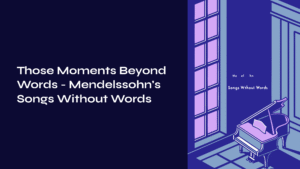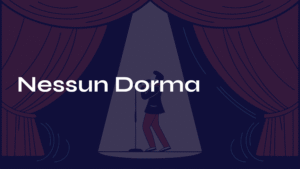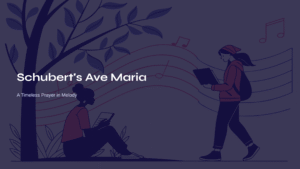Table of Contents
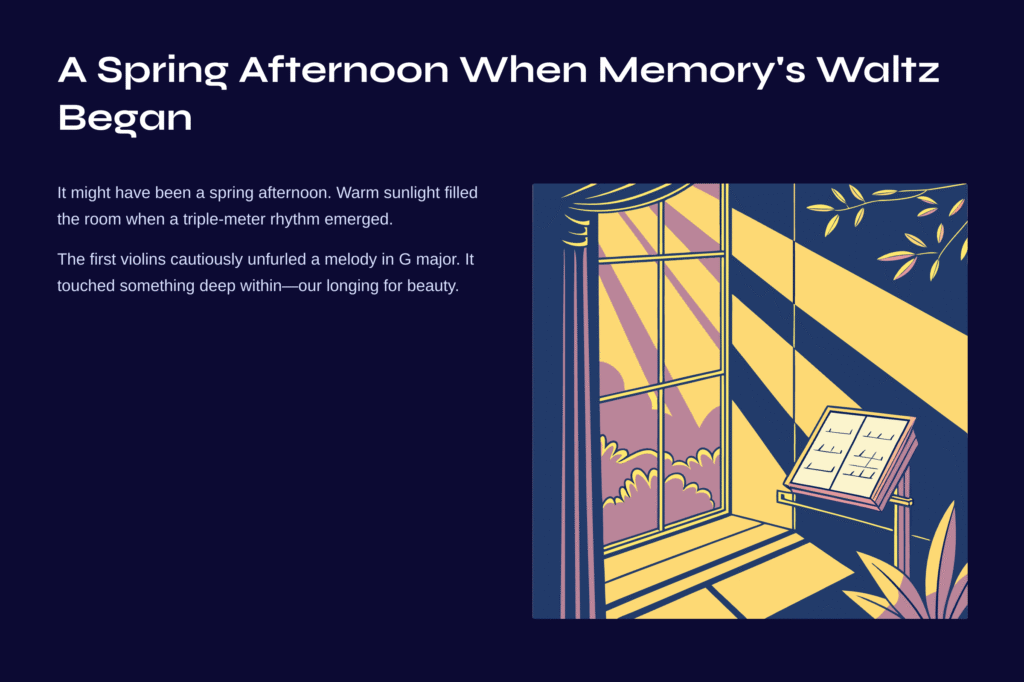
A Spring Afternoon When Memory’s Waltz Began to Flow
It might have been a spring afternoon. When warm sunlight was gently filling the room through the window, there came a sudden triple-meter rhythm that seemed to emerge from nowhere. It was the second movement of Tchaikovsky’s Serenade for Strings—the Waltz. The melody that the first violins cautiously unfurled seemed as though it had opened a door in time and stepped through. This dance movement, spreading across the bright hues of G major, reaches beyond a simple waltz to touch something deep within the human heart—our longing and our thirst for beauty.
Why do we find ourselves holding our breath before this music that lasts barely three minutes? Why, whenever we hear this piece, are we seized by a sense of déjà vu, as if we’ve seen this somewhere before, as if we’ve danced to it once upon a time?
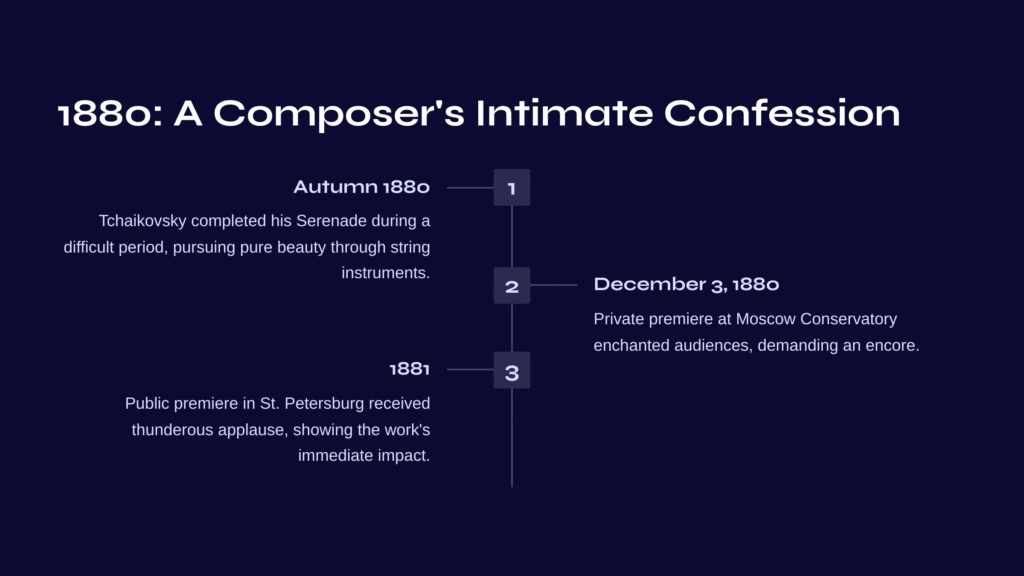
1880: A Composer’s Intimate Confession
Tchaikovsky completed his Serenade for Strings in the autumn of 1880. It was a particularly difficult period for him. At the intersection of personal anguish and artistic struggle, he sought to pursue pure beauty created solely by string instruments. The Waltz movement, serving as the second movement of the complete Serenade, shows an exquisite balance—fulfilling the role of a scherzo while never losing the elegance of a dance.
During this era, the European waltz was transcending simple ballroom dancing to become elevated as an art form. When Johann Strauss II’s Viennese waltzes were sweeping across all of Europe, Tchaikovsky created his own waltz language that combined Russian lyricism with German-Austrian formal beauty.
At the private premiere held at the Moscow Conservatory on December 3, 1880, the audience was so enchanted by this Waltz movement that they demanded an encore. The same happened at the public premiere in St. Petersburg the following year. The thunderous applause and encore requests that erupted the moment the music ended demonstrate how immediate and powerful an impact this work had.
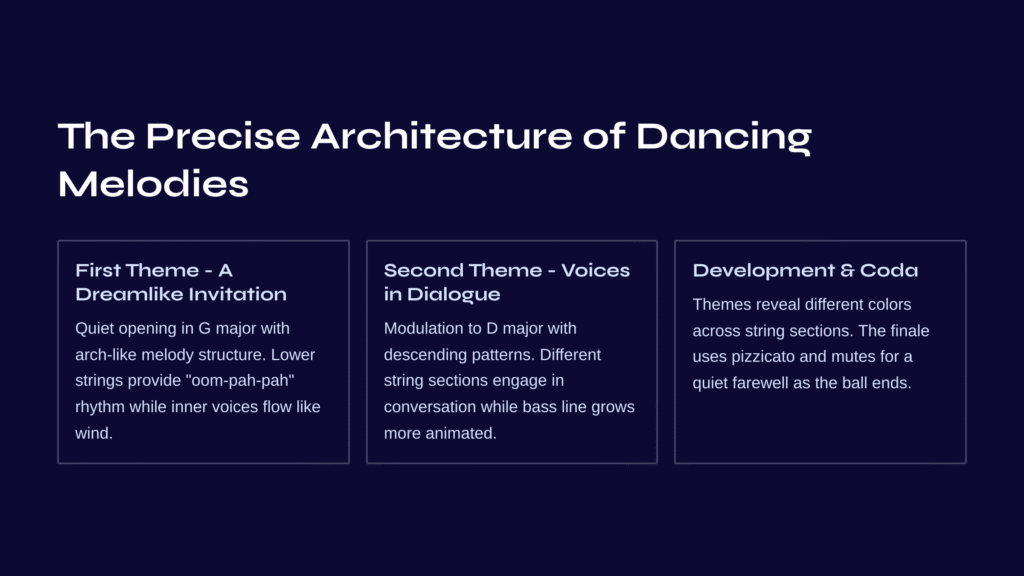
The Precise Architecture of Dancing Melodies
First Theme – A Dreamlike Invitation
The opening of the piece is quiet. The principal melody that the first violins unfold in G major is like a secret invitation to a ballroom. The characteristic of this melody lies in its graceful arch-like structure. The way the notes ascend stepwise and then descend gently evokes the gestures of lovers dancing a waltz.
The accompaniment provided by the lower strings follows the typical waltz “oom-pah-pah” rhythm. A strong bass note sounds on the first beat, while light chords dance upward on the second and third beats. But Tchaikovsky’s accompaniment transcends simple rhythmic patterns. The movement of the inner voices created by violas and cellos is like wind flowing between dancing couples.
Second Theme – Voices in Dialogue
The second theme, beginning with a modulation to D major, changes the atmosphere. Here Tchaikovsky uses repetitive descending melodic patterns, creating an effect as if different voices are engaging in conversation. The first violins throw out a musical idea, which the second violins catch and vary, and then the violas respond once more with their own unique color.
What’s particularly noteworthy in this section is the vitality of the bass line. The movement created by cellos and double basses in the lower register is far more animated than before. It’s like a signal that the tempo of the dance is gradually quickening.
Development Section – A Whirlpool of Emotions
In the third section, Tchaikovsky develops the previously presented themes with precision. Here his genius for orchestration shines. The same melody reveals completely different colors as it passes through different string sections. Sometimes it brushes past minor key areas like E minor or B minor, casting mysterious shadows.
In this section, we encounter Tchaikovsky’s characteristic emotional depth. On the surface, it’s an elegant waltz, but underneath flows an ineffable melancholy and longing. This is precisely the point where Tchaikovsky’s waltzes distinguish themselves from simple dance music.
Coda – A Quiet Farewell
In the final section, Tchaikovsky makes a surprising choice. Instead of a brilliant conclusion, he uses pizzicato and mutes to reduce the volume and soften the timbre. It’s as if we’re watching people leave one by one as the ball comes to an end. The last fragments of the principal melody fade into the air, and the final G major chord seeps in quietly.
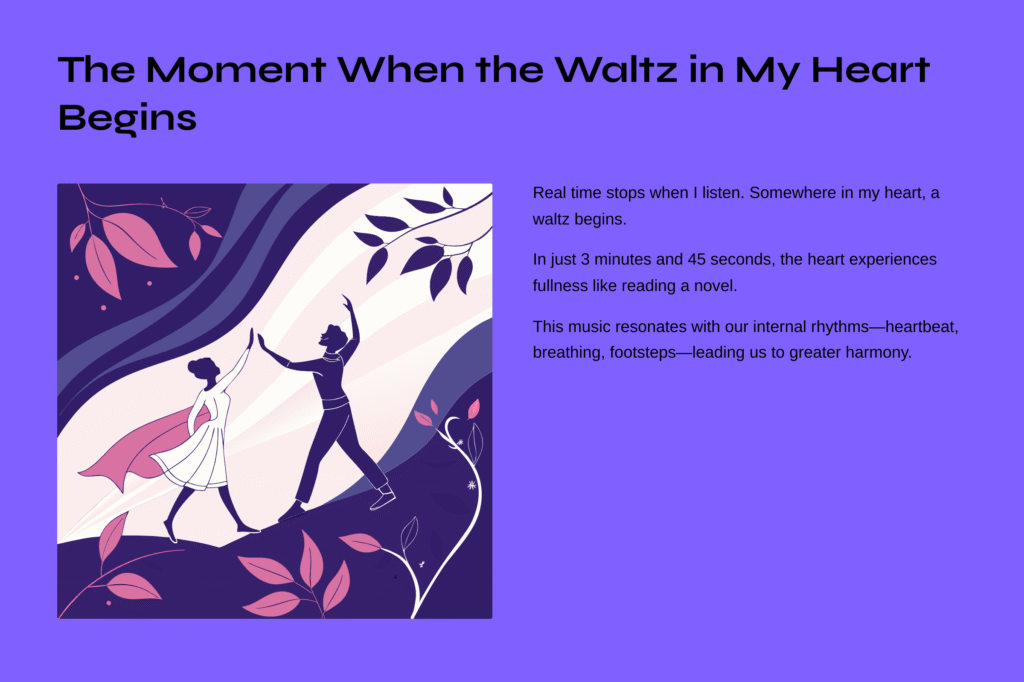
The Moment When the Waltz in My Heart Begins
Every time I listen to this music, I have a special experience. Real time stops, and somewhere in my heart, a waltz begins. This is different from actually dancing. It’s my heart that dances. Thoughts flow in triple meter, and emotions trace elegant arches as they rise and fall repeatedly.
Listening to Tchaikovsky’s waltz, I often feel the relativity of time. During the brief span of 3 minutes and 45 seconds, the heart experiences a sense of fullness as if it had read a long novel. How is such a thing possible?
It’s probably because this music resonates with some archetypal rhythm within us. Our heartbeat, our breathing, our footsteps—all have rhythm. Tchaikovsky’s waltz dialogues with these rhythms of life, leading us into a greater harmony.

Three Keys to Deeper Listening
First, pay attention to the changes in string timbre. The same melody feels completely different when played by first violins versus when played by violas. The bright, transparent tone of first violins, the warm, soft tone of second violins, the dark, deep tone of violas, the rich, embracing tone of cellos—all these colors blend together to create one great painting.
Second, listen for subtle changes in accompaniment patterns. Behind the seemingly simple “oom-pah-pah” rhythm, numerous inner voices are hidden. Sometimes the violas show melodic movement, sometimes the second violins play a counter-melody. Following these detailed movements, the three-dimensional structure of the music begins to become visible.
Third, feel the emotional changes brought about by modulations. The journey from G major to D major, through minor key areas and back to G major, is not merely a musical structure but an emotional journey. Listening while sensing the unique colors and atmospheres that each key possesses will make the story the music wants to tell more vivid.
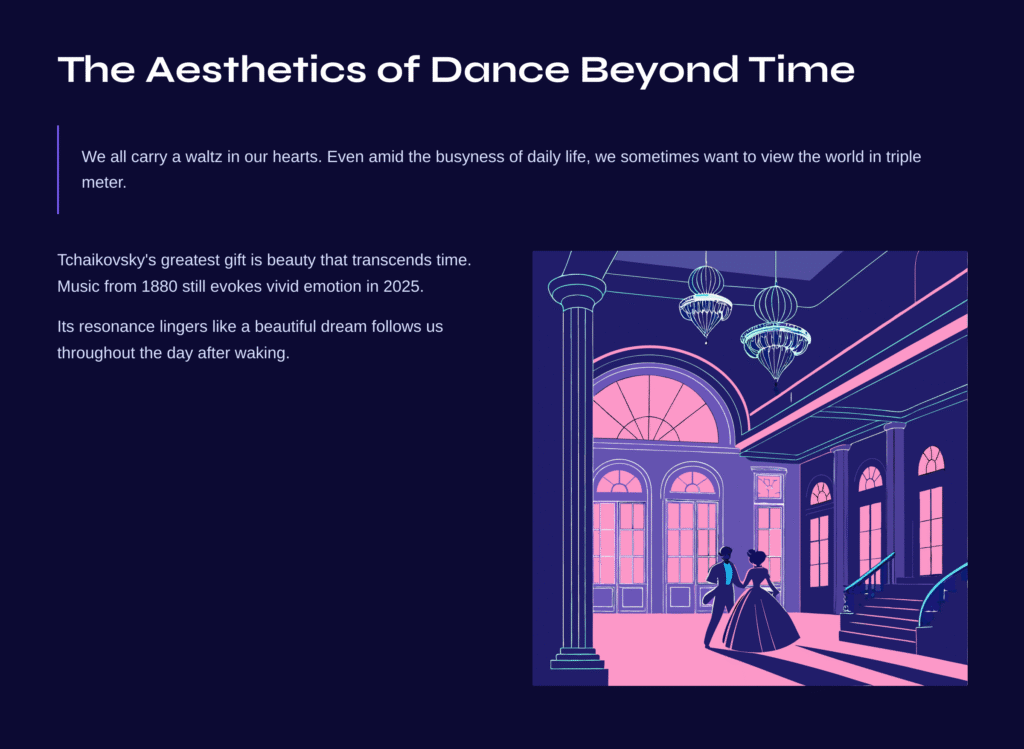
The Aesthetics of Dance Beyond Time
Ultimately, the greatest gift that Tchaikovsky’s waltz gives us is the experience of beauty that transcends time. The reason this music composed in 1880 still gives us vivid emotion in 2025 is that it connects deeply with universal human feelings.
We all carry a waltz in our hearts. Even amid the busyness of daily life, we sometimes want to view the world in triple meter. Tchaikovsky’s waltz responds to exactly this longing in our hearts.
Even after the music ends, its resonance lingers long. Like the way the sensation of a beautiful dream follows us throughout the day after we wake. And when we listen to this music again someday, we’ll feel the warmth of meeting an old friend.
That beauty is eternal even as time flows—perhaps this is the message Tchaikovsky wanted to convey to us. The waltz from the Serenade for Strings is a small miracle that delivers such a message in the most graceful and moving way possible.
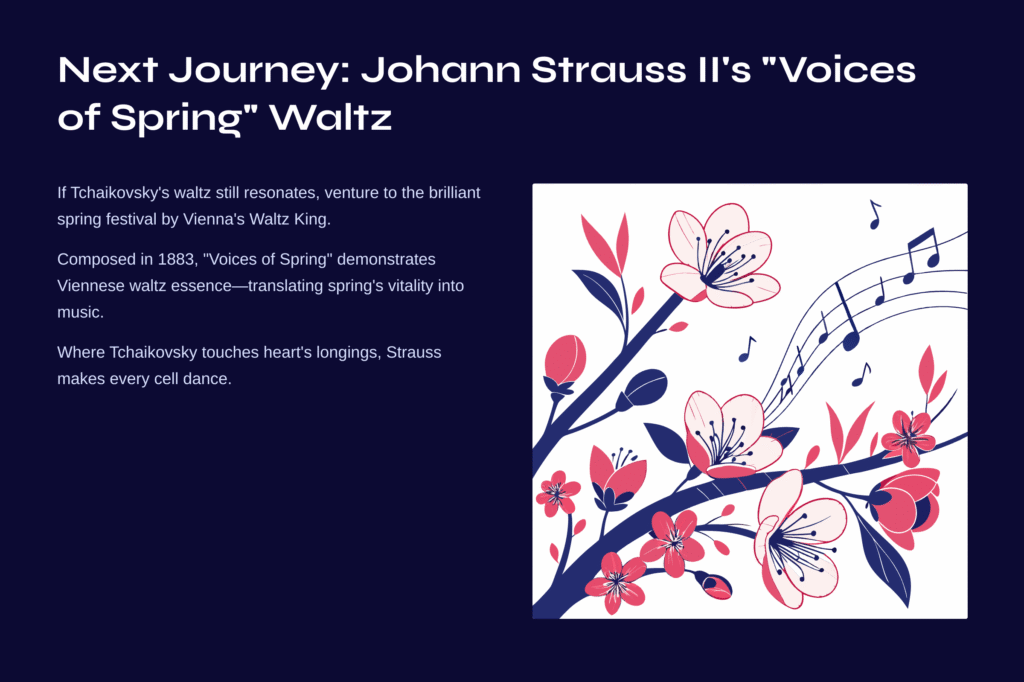
Next Journey: Johann Strauss II’s “Voices of Spring” Waltz
If the elegance and lyricism you felt in Tchaikovsky’s string waltz still resonate in your heart, why not venture forth to the more brilliant and vivacious spring festival offered by Vienna’s Waltz King?
Johann Strauss II’s “Voices of Spring (Frühlingsstimmen)” Waltz, Op. 410, possesses a completely different charm from Tchaikovsky’s intimate and lyrical waltz. Composed in 1883, this work demonstrates the essence of Viennese waltz, as if it had translated the vitality and joy of spring’s arrival into music.
If Tchaikovsky’s waltz touches the deep longings of the heart, Strauss’s “Voices of Spring” makes every cell in the body dance. From the warm timbres of strings alone to the brilliant colors of full orchestra; from Russian melancholy to Austrian cheerfulness—through such contrasts, you’ll realize how many different emotions the waltz genre can contain.
Particularly, the bird-like melodies of flutes and clarinets heard in the introduction of “Voices of Spring” offer a completely different dimension of spring from the string melodies of Tchaikovsky’s waltz. If one is the spring of the heart, the other is the spring of nature.

